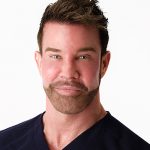
Restoration methods and hair transplant results sure have changed in recent years. While hair transplant was once thought of as an expensive, uncommon procedure reserved for only wealthy or superficial types, men and women of all ages and backgrounds are now flocking to hair transplant clinics in Toronto and the GTA without a second thought. Permanently replacing the real, growing hairs on your head is the new normal.
While there’s plenty to celebrate about effective treatment for a problem that affects millions, do innovations mean that everyone can be a candidate? Is the process of grafting hair to your balding areas something you’re ready for? Do you know how to find a top hair transplant clinic? Reading hair transplant reviews isn’t enough. We’re going to help you answer these 3 questions so you can create the best plan of action for yourself.
Hair transplant clinic candidates share a few common characteristics
It’s true that the procedures designed to redistribute growing scalp hair are now more affordable and widely accessible, and more people are going for hair transplants. The aesthetic effect of even a slight hairline adjustment can have a major impact on a person’s appearance, style, and confidence. However, did you know that many people, unfortunately, are not good candidates for hair transplant surgery? There are some key factors to determine who can and who can’t benefit, and no hair transplant clinic wants you to waste your time with unrealistic expectations. Here’s what you need to qualify for a hair transplant:
You need donor hair. If you’re a male experiencing pattern baldness, you might have heard of the Norwood Scale. The progression and typical pattern of hair loss for men can be generally charted in 7 stages. Men in the final stages will typically have a totally bald head except for a sparse band of remaining follicles at the back and sides. Not everyone with hereditary androgenic alopecia will progress to the more severe levels of hair loss. Some slowly move from phase 2 to 3 or 4, then hover there for decades. Plenty of men middle-aged and older have a classic “bald spot” at the crown, receding temples, and general thinning. This moderate level of loss means that they could qualify for a hair transplant procedure.
The experts at your hair transplant clinic must assess your hair loss in person. Since the process of hair transplant surgery involves the redistribution of your own live hair follicles, the amount and density of hair that you have matters.
Among men, the best candidates are experiencing “male pattern hair loss”, because the fallout is usually limited to certain areas of the scalp, while other regions like the back and sides of the head have DHT-resistant follicles. Those follicles aren’t affected by the hormone that causes genetically programmed hair loss. Even after the top has gone bald, most men will retain thick, full hair in the remainder zones. That means that they can spare some hair for transplant grafts. The hair in donor areas can be thinned out to harvest follicles without leaving noticeable spaces, called donor depletion.
People who have a diffused form of alopecia are less fortunate. Many women fall into this category, as their genetic androgenic alopecia tends to affect the whole head. Follicular unit extraction (FUE) hair transplant is a meticulous process that allows hair transplant clinics to extract follicle units one by one and strategically redistribute them to create a look of fullness. Women can undergo this process too, but it can be much more challenging, and each client’s scalp and hair density analysis is what determines the potential.
Does age matter for hair transplants?
Though hair restoration recipients are of all ages and there’s no set rule, it’s generally discouraged for young people aged 25 and under to have a hair transplant surgery. Their pattern and progression of fallout hasn’t usually been established at that point in time, and although their hair grafts are expected to stay where they have been implanted, the hairs around them that continue to fall out leave gaps or unnatural effects over time.
It’s also possible to place the hairline too low, chasing what someone in their 20s has, without factoring in what will look realistic later on a man in his 40s. Seeking an experienced, reputable hair transplant clinic will help mitigate those risks and will ensure that you’re carefully evaluated and given the honest truth about the options that will benefit you the most.
Are you realistic about hair transplant recovery?
Here’s the great news: today’s FUE surgery is less invasive and less traumatic, and it ensures faster recovery times than ever before. Since you can opt out of the long, deep incision utilized for the follicular unit transplantation (FUT) hair transplant, you can avoid the healing time and discomfort that that requires too.
After you leave the hair transplant clinic, there’s no medical reason why you can’t return to work within a few days. You’re advised to rest, and you’ll need to rinse your scalp a couple of times daily and wait out temporary swelling, which can affect the forehead too. For patients who can work remotely, taking a full week is usually preferable, because it allows you to keep your head uncovered in privacy while you’re a little swollen and red.
There aren’t many hair transplant side effects to worry about. You’ll be supplied with topical ointments to help soothe the treatment area, and you’ll need some special sleep positioning to elevate the head and avoid pressure. Exercise and other strenuous activity must be paused for roughly 2 weeks.
All in all, the process isn’t described as overly difficult or painful. It can fit conveniently into the busy life of a professional or a person who spends time in the public eye.
Here’s what’s tricky: hair transplants are not instant. The hairs that are transferred during your procedure are likely to fall out, in fact. If you’re expecting an overnight reveal of thick, lustrous new hair, we’re sorry to tell you that it doesn’t work that way. Your hair transplant clinic is limited by the natural, biological processes of hair growth and tissue healing. Once those transferred hairs shed at around 3 weeks, the follicles will continue to heal, strengthen, and form new hairs deep inside. The little strands first show about 3 to 4 months later and are often wispy and sparse to begin with. 4 or 5 months later, the fullness and density that you expect really starts to show as each strand thickens and lengthens. By approximately one year post-op, you’ll see results.
After the first week, most redness or other signs of surgery are gone, and you won’t have a tell-tale scar to give your procedure away. The new hair that you’re waiting on takes some time, and there’s no way around it, so if you plan a hair restoration surgery, you need to have patience and know that it’s a long but well-worth-it experience. Once your hair has grown in, you can cut it, style it, and do anything you wish with it while you enjoy it for a lifetime.
Hair transplant clinic selection — Do you know what you’re looking for?
You may begin with typing “hair transplant near me” into the search bar, but we suggest a more stringent process. Along with the influx of high-tech new FUE machines on the market, plenty of inexperienced practitioners have begun to try their hand at transplant procedures. Technological advances allow digital or robotic equipment to help speed up and regulate the graft removal process to minimize scalp trauma and allow for much faster procedures. They have additional features to protect delicate grafts and increase survival rates.
All of this is excellent as long as the equipment is handled by an experienced professional. These precision tools still require an artistic eye and the strategic planning of a hair transplant surgeon who’s overseen hundreds or thousands of procedures.
Have you ever seen hair transplant before and after photos that look fake? If a hairline forms an unrealistic hard edge, if plugs look like doll hairs placed in rows, if the strands don’t lie like natural hair in the growth direction you expect, then the whole effect appears “off”. Unfortunately, choosing an inexperienced practitioner can leave you with an expensive disappointment. You have a limited number of precious, transferrable grafts on your head. It’s essential that you choose the best hair transplant clinic that you can find to ensure that you’re under qualified care. Go for experience.
Dr. Cory Torgerson – Hair Transplant Clinic Toronto
Dr. Cory Torgerson’s hair transplant clinic in Toronto is fully accredited as an out-of-hospital, level 3 surgical centre. He exceeds standards and possesses a wealth of knowledge and experience gained over decades of practice. As a head and neck surgeon, otolaryngologist, and facial surgeon with the Royal College of Physicians and Surgeons of Canada, Dr. Torgerson is a leading authority in Canada for hair transplants. Dr. Torgerson is adept in many different practice and treatment areas, including the industry’s most advanced surgical and non-surgical technologies. He offers a comprehensive and truly personalized approach.
If you’re losing your hair, there’s a lot you can do. Whether a surgical hair restoration or one of several other excellent, proven solutions, at the Toronto Hair Transplant Clinic we have them all, and we can help you. Call today for your no-obligation consultation. Your next steps start here.





